America’s national parks represent some of the most spectacular natural wonders in the world, each with its own unique ecosystems, landscapes, and seasonal highlights. Timing your visit can make all the difference between battling overwhelming crowds and soaring temperatures or experiencing peaceful solitude among nature’s grandeur. From the snow-capped peaks of Denali to the otherworldly geothermal features of Yellowstone, the ideal visiting window varies dramatically depending on what you hope to experience.
This guide explores the optimal seasons to visit America’s most beloved national parks, considering factors like weather conditions, wildlife activity, accessibility, and crowd levels to help you plan the perfect national park adventure.
Yellowstone National Park: Late Spring and Early Fall
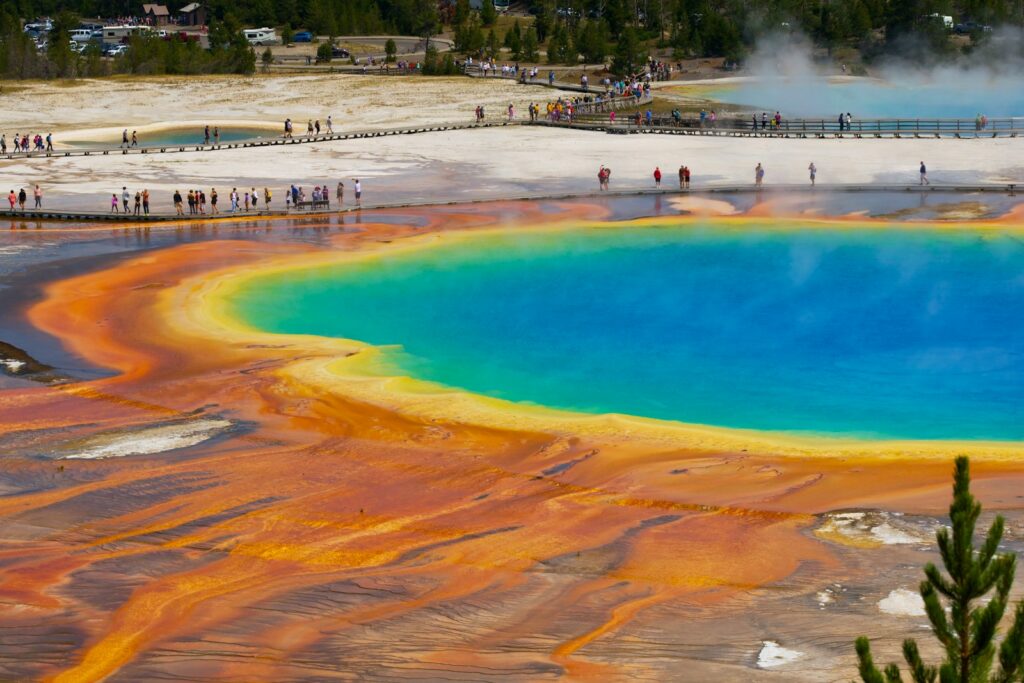
Yellowstone, America’s first national park, is at its best during the shoulder seasons of May-June and September-early October when the crowds thin out but most park facilities remain open. Late spring brings the added bonus of baby animals, with bison calves, bear cubs, and wolf pups making their first appearances, while the landscape bursts with vibrant wildflowers. Fall visitors are treated to the haunting sound of bugling elk during their mating season and aspens turning brilliant gold against the backdrop of steaming geysers. Summer (July-August) offers fullest access but brings the largest crowds, while winter transforms the park into a magical snow-covered wonderland with limited road access but extraordinary opportunities for wolf-watching and seeing frost-covered bison.
Grand Canyon National Park: Spring and Fall
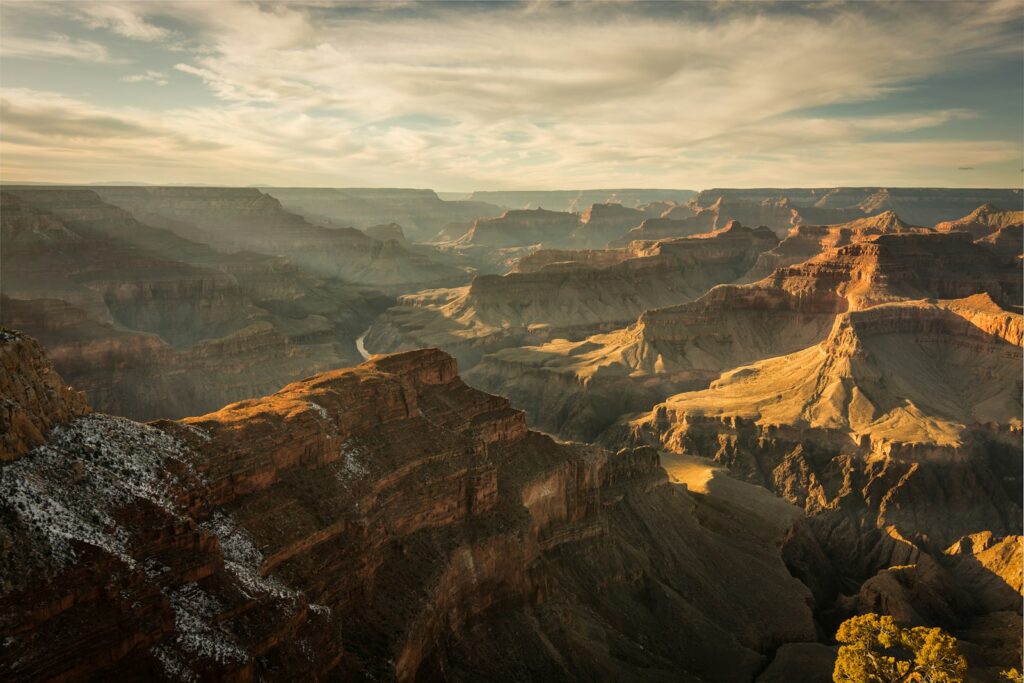
The Grand Canyon’s breathtaking vistas are best experienced during April-May and September-October when temperatures are moderate and crowds are smaller than the summer peak. Spring brings desert wildflowers and greener vegetation along the rim, making for spectacular photography opportunities with added color dimensions. Fall offers stable weather patterns and the turning of cottonwood trees along the Colorado River to brilliant gold. Summer temperatures regularly exceed 100°F (38°C) at the canyon bottom, making hiking potentially dangerous, while winter brings snow to the North Rim, causing its closure from mid-October through mid-May.
The South Rim remains open year-round but can experience significant snowfall and icy conditions during winter months.
Yosemite National Park: Late Spring and Early Fall
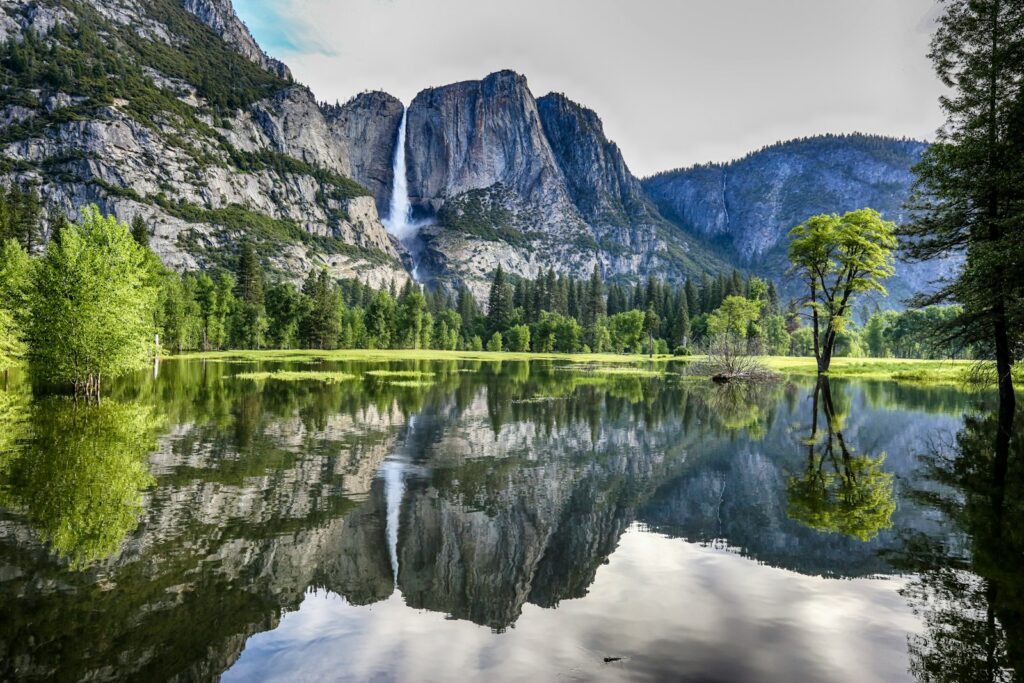
Yosemite’s magnificent waterfalls reach their thundering peak during May and early June when snowmelt from the Sierra Nevada creates spectacular displays at Yosemite Falls, Bridalveil Fall, and Nevada Fall. September and October offer warm days, cool nights, and significantly fewer visitors than summer, allowing for more solitary experiences among the towering sequoias and granite monoliths. Summer brings perfect hiking weather but also brings bumper-to-bumper traffic in Yosemite Valley and difficulty securing campsite reservations. Winter transforms the park into a quiet wonderland with dramatic snow-draped cliffs, though chains are often required for vehicles and many facilities close for the season.
Zion National Park: Spring and Fall
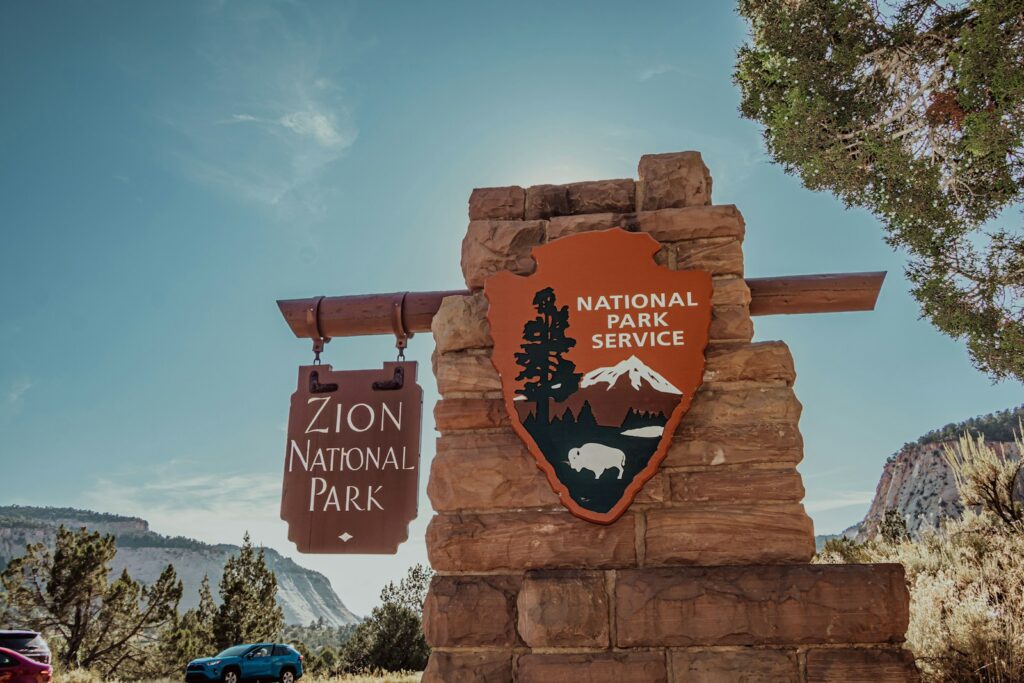
Zion’s towering sandstone cliffs and narrow slot canyons are most comfortably explored during April-May and September-October when temperatures hover in the pleasant 60-80°F (15-27°C) range. Spring brings cascading waterfalls and ephemeral pools not seen other times of year, along with desert wildflowers creating splashes of color against the red rock. Fall delivers stable weather and the changing colors of cottonwoods and maples along the Virgin River, creating a photographer’s paradise of gold and red foliage against vermilion cliffs.
Summer temperatures regularly exceed 100°F (38°C), making hiking potentially dangerous during midday hours, while winter brings the possibility of ice and snow on trails but also the least crowded conditions and most atmospheric photography opportunities.
Great Smoky Mountains National Park: Late Spring and Fall

America’s most visited national park shows its finest colors during two distinct seasons: late spring (May) when wildflowers carpet the forest floor and fall (mid-October) when the deciduous forests transform into a spectacular tapestry of reds, oranges, and golds. Spring brings over 1,500 flowering plant species into bloom, earning the park its nickname as “Wildflower National Park,” with trillium, lady slipper orchids, and flame azaleas creating magical forest scenes. Fall color typically peaks at higher elevations in early October and progresses downward through the month, drawing enormous crowds to scenic drives like the Cades Cove Loop and Blue Ridge Parkway.
Summer brings lush green forests but also humidity, afternoon thunderstorms, and the heaviest visitor numbers, while winter offers solitude and occasional snow-draped vistas but requires preparation for potentially hazardous driving conditions.
Glacier National Park: July through Early September
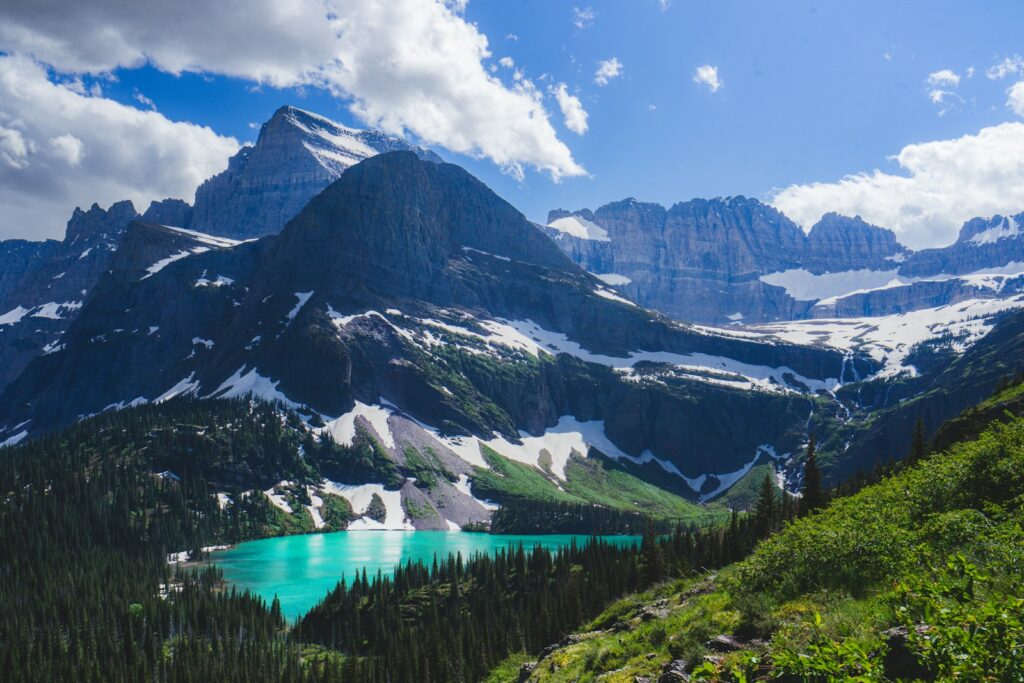
Glacier’s dramatic alpine scenery has the shortest optimal visiting window of any major national park, with peak conditions typically lasting just 8-10 weeks from early July through mid-September. This narrow timeframe represents the sweet spot when the legendary Going-to-the-Sun Road is fully open (typically late June/early July through mid-October, depending on snowfall) and hiking trails are generally free of snow. Wildflowers reach their peak in mid-July, carpeting alpine meadows with paintbrush, beargrass, and glacier lilies, while wildlife viewing remains excellent throughout summer.
September brings fewer crowds and the beginning of fall colors, but services begin closing mid-month and weather becomes increasingly unpredictable. Visiting outside this window means significantly limited access, with most facilities closed and many areas unreachable except by cross-country skiing or snowshoeing.
Grand Teton National Park: June through September

The jagged Teton Range rising dramatically from the valley floor creates one of America’s most photogenic landscapes, best experienced during the summer months of June through September. June brings peak wildflower displays in the meadows and relatively fewer crowds than July-August, though some high-elevation trails may still have snow. Wildlife viewing reaches its peak in early summer when animals are active in the valleys and meadows, with opportunities to spot moose, elk, bison, and possibly bears. Fall brings spectacular aspen groves turning gold against the backdrop of snow-dusted mountains, though services begin scaling back after Labor Day.
Winter transforms the park into a snowy wonderland accessible primarily by cross-country skiing and snowshoeing, with the Teton Range creating a dramatic backdrop for winter photography.
Acadia National Park: Late September to Mid-October

Acadia’s rugged Atlantic coastline and forested mountains reach their scenic peak during the brief but spectacular New England fall foliage season from late September through mid-October. During these few precious weeks, the park’s maple, oak, and birch forests transform into a kaleidoscope of reds, oranges, and golds, perfectly complementing the blue waters of the Atlantic. Summer (June-August) brings warm temperatures ideal for swimming at Sand Beach and hiking the park’s granite peaks, but also brings significant crowds and requires advance planning for accommodations.
Spring (May-early June) offers fewer visitors and the emergence of wildflowers, though fog is common and black flies can be bothersome. Winter transforms Acadia into a quiet sanctuary with opportunities for cross-country skiing and snowshoeing, though many facilities close and road access may be limited.
Olympic National Park: July through September
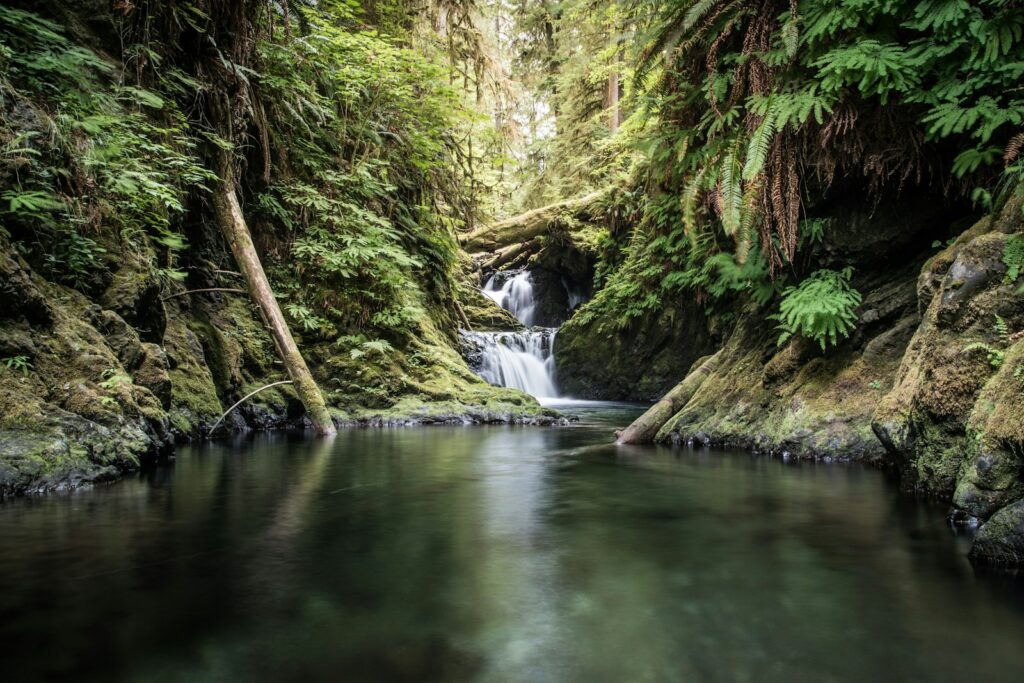
Olympic’s incredible diversity—featuring temperate rainforests, alpine meadows, and wild coastlines—is best experienced during the relatively dry summer months of July through September. This window offers the best chance of clear weather for viewing the park’s spectacular mountain vistas and exploring the high country, which often remains snow-covered until July. The Hoh and Quinault Rainforests can be visited year-round but are most accessible and comfortable during summer, when the typically rainy Pacific Northwest experiences its driest period. Coastal areas are fascinating in any season but summer allows for more comfortable tidepooling and beach exploration, with a better chance of spotting sea otters, seals, and migrating whales.
Spring brings impressive rushing waterfalls and fewer crowds but also considerable rainfall, while winter sees some of the heaviest precipitation in the continental United States, making it appropriate only for those seeking solitude and don’t mind the wet conditions.
Denali National Park: Mid-June through Early September
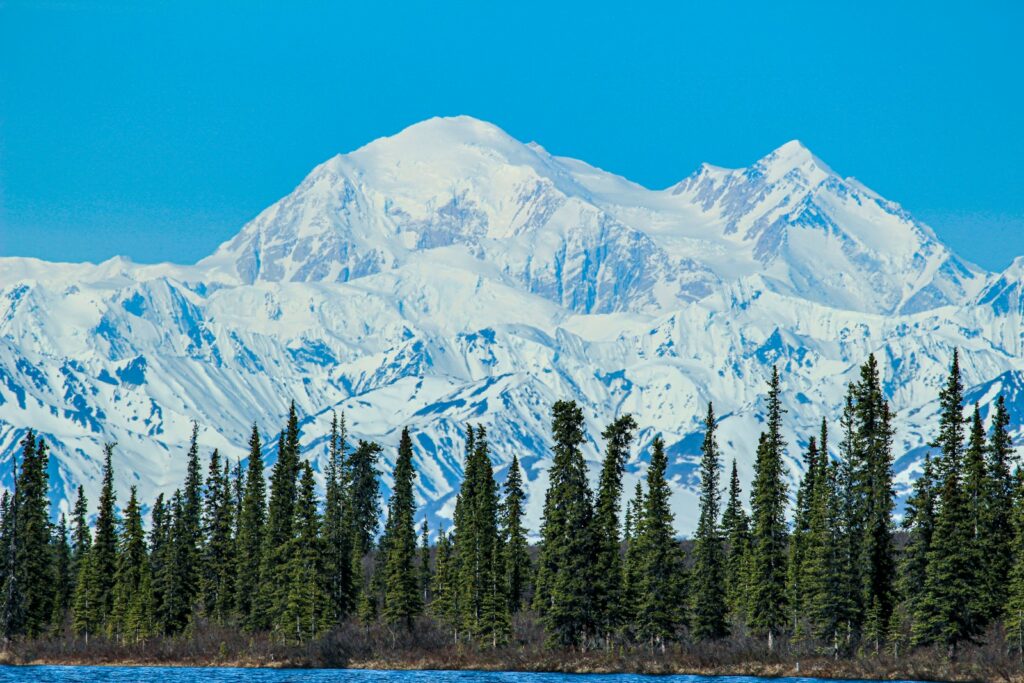
Alaska’s crown jewel national park has an extremely short visitor season, with optimal conditions typically lasting from mid-June through early September when temperatures are relatively mild and wildlife is active. July offers the warmest temperatures and best chances for clear views of Denali (formerly Mt. McKinley), North America’s highest peak, which is often shrouded in clouds. August brings the beginning of fall colors at higher elevations and improved wildlife viewing as animals prepare for winter, though mosquitoes can be intense through mid-August. By early September, the tundra transforms into brilliant reds and golds, creating spectacular landscape photography opportunities, though services begin closing by mid-month.
Outside this narrow window, the park remains technically open but largely inaccessible, with extreme cold, minimal daylight, and no visitor services during the long winter months.
Factors to Consider When Planning Your Visit

Beyond seasonal considerations, several key factors should influence your national park timing decisions. Accessibility varies dramatically, with many parks having roads that close seasonally due to snow (like Glacier’s Going-to-the-Sun Road or Denali’s Park Road). Crowd levels follow predictable patterns, with weekends, holidays, and summer vacation periods seeing the heaviest visitation at most parks. Wildlife viewing opportunities shift seasonally, with spring bringing births, summer offering the most active period, and fall featuring mating behaviors for many species. Special events like wildflower blooms, fall foliage, or meteor showers may align with specific weeks that serious photographers or nature enthusiasts will want to target.
Finally, reservation requirements have increased at many popular parks, with timed entry permits or camping reservations often needed months in advance for peak seasons.
Planning Tips for Peak Season Visits

If you must visit during a park’s busiest period, several strategies can help mitigate the impact of crowds. Make reservations far in advance—sometimes up to six months or more for campgrounds and a year ahead for popular lodges like Yellowstone’s Old Faithful Inn or Yosemite’s Ahwahnee Hotel. Embrace early mornings and late afternoons when day-trippers are fewer and wildlife is more active, with the added benefit of better lighting for photography. Consider accessing less popular entrances or exploring lesser-known sections of the park where crowds naturally thin out. Utilize park shuttle systems where available to avoid parking headaches and reduce environmental impact.
Finally, check park websites for crowding predictions and visitor use management systems that might require advance planning, such as timed entry permits that have become common at Rocky Mountain, Glacier, and Arches National Parks during peak seasons.
Conclusion: Finding Your Perfect Park Season

The ideal time to visit America’s national parks ultimately depends on your personal preferences, tolerance for crowds, desired activities, and specific natural phenomena you hope to witness. Each season brings its own magic—from spring wildflowers and baby animals to summer’s full accessibility, fall’s brilliant colors, and winter’s serene solitude. By understanding the seasonal rhythms of each park and planning accordingly, you can experience these natural treasures at their most spectacular while minimizing crowds and maximizing your connection with these preserved landscapes.
Whether you’re seeking the thundering waterfalls of Yosemite in May, the golden aspens of Grand Teton in September, or the snow-draped wonderland of Yellowstone in January, America’s national parks offer year-round opportunities for wonder and discovery for those who time their visits wisely.

